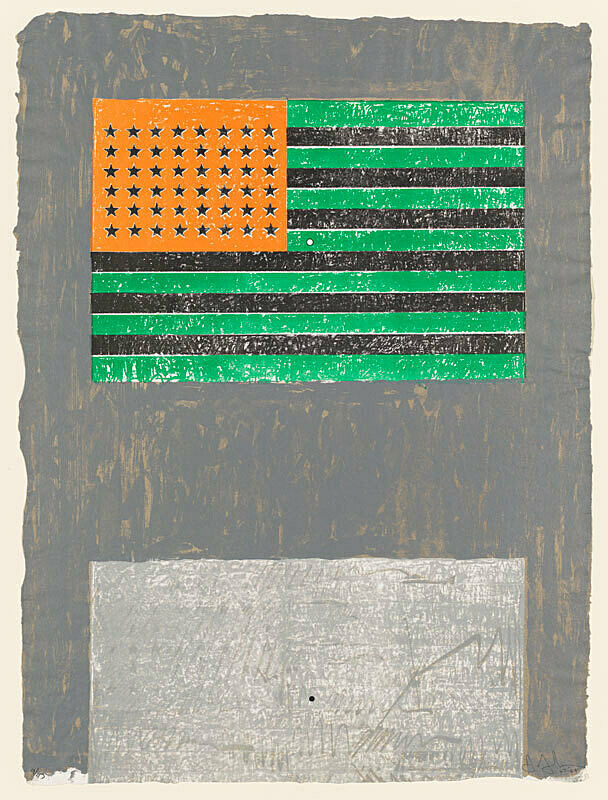Robert Frank
1924–2019
With the publication of The Americans in 1958, Robert Frank changed the course of postwar photography. After leaving his native Switzerland in 1953, Frank applied his talent with a handheld camera to present a gritty picture of the United States that was provocatively out of sync with the nation’s optimistic sense of itself. In 1955, with a Guggenheim fellowship he received with the support of Walker Evans, Edward Steichen, and Harper’s Bazaar art director Alexey Brodovitch, Frank purchased a used Ford coupe and crisscrossed the country for nearly a year, taking photographs.
From over seven hundred rolls of film, Frank selected Indianapolis as the penultimate of the eighty-three images in The Americans. The picture encapsulates the photographer’s astute attention to racial and economic inequalities, budding subcultures, and the romanticism of the American road at midcentury. The photograph of a denim-clad African American couple on a motorcycle is at once provocative yet intentionally ambiguous. In the 1950s motorcycling represented a rebellion against middle-class society. In 1953 Marlon Brando played a bad-boy biker in The Wild One, a film based on the infamous Hollister riot of 1947. In 1956, the same year as the Montgomery Bus Boycott and the beginnings of the civil rights movement, an image of black motorcyclists might have been discomfiting for many white Americans. In fact, The Americans was derided at first by many critics as “un-American” because Frank jettisoned any veils of propriety and captured the people he encountered with blunt candor and unflinching attention.
Introduction
Robert Frank (November 9, 1924 – September 9, 2019) was a Swiss American photographer and documentary filmmaker. His most notable work, the 1958 book titled The Americans, earned Frank comparisons to a modern-day de Tocqueville for his fresh and nuanced outsider's view of American society. Critic Sean O'Hagan, writing in The Guardian in 2014, said The Americans "changed the nature of photography, what it could say and how it could say it. [ ... ] it remains perhaps the most influential photography book of the 20th century." Frank later expanded into film and video and experimented with manipulating photographs and photomontage.
Wikidata identifier
Q467574
Information from Wikipedia, made available under the Creative Commons Attribution-ShareAlike License . Accessed January 5, 2026.
Introduction
From 1940 to 1941, Frank worked as an apprentice in a Basel photographic studio and later as a photographer for Gloria Films in Zurich. He emigrated to the United States in 1947 and settled in New York City, contributing photographs to various publications. In 1948 he traveled to Peru and Bolivia, and from 1949 to 1951 he worked in England, Wales, United Kingdom and France. In 1955, Frank travelled across the United States taking photographs for his book 'The Americans.' From 1957 to 1969 he worked as a photographer, filmmaker, and independent producer in New York City, eventually moving to Nova Scotia in 1969 with his wife, artist June Leaf.
Country of birth
Switzerland
Roles
Artist, cinematographer, collagist, documentary filmmaker, photographer, video artist
ULAN identifier
500019916
Names
Robert Frank, Robert Louis Frank
Information from the Getty Research Institute's Union List of Artist Names ® (ULAN), made available under the ODC Attribution License. Accessed January 5, 2026.












